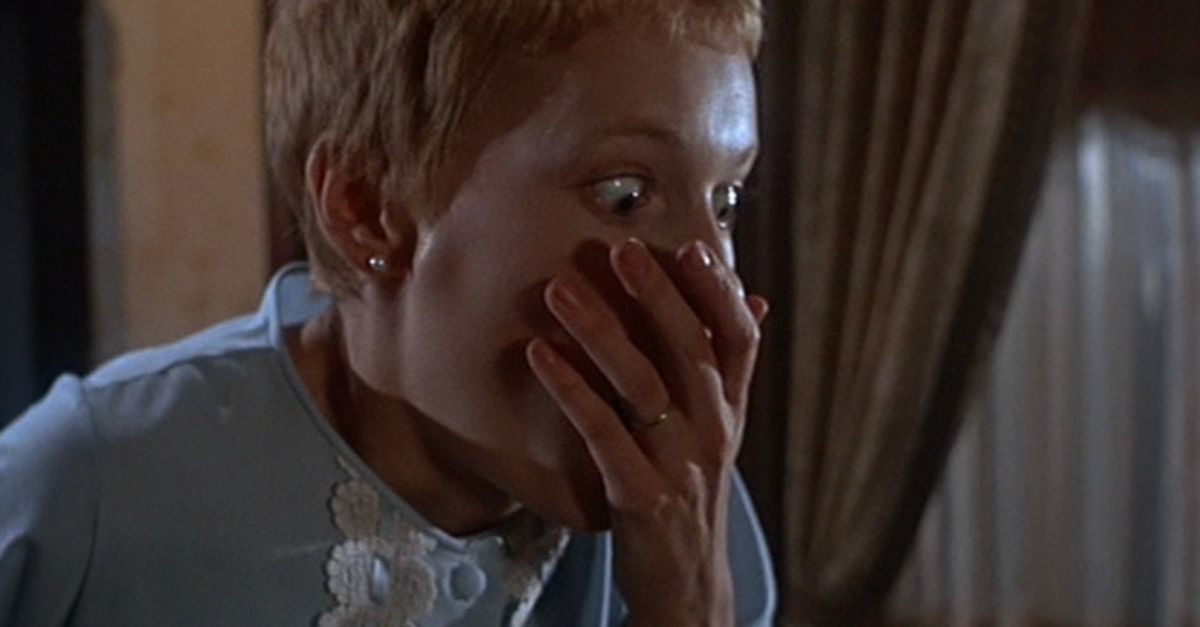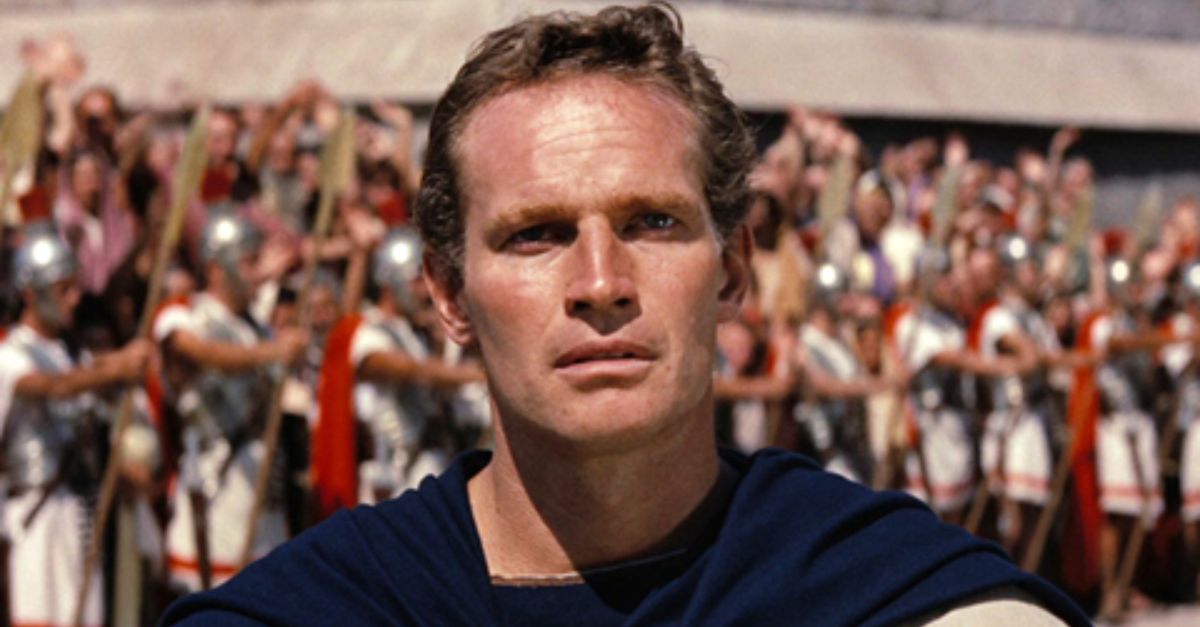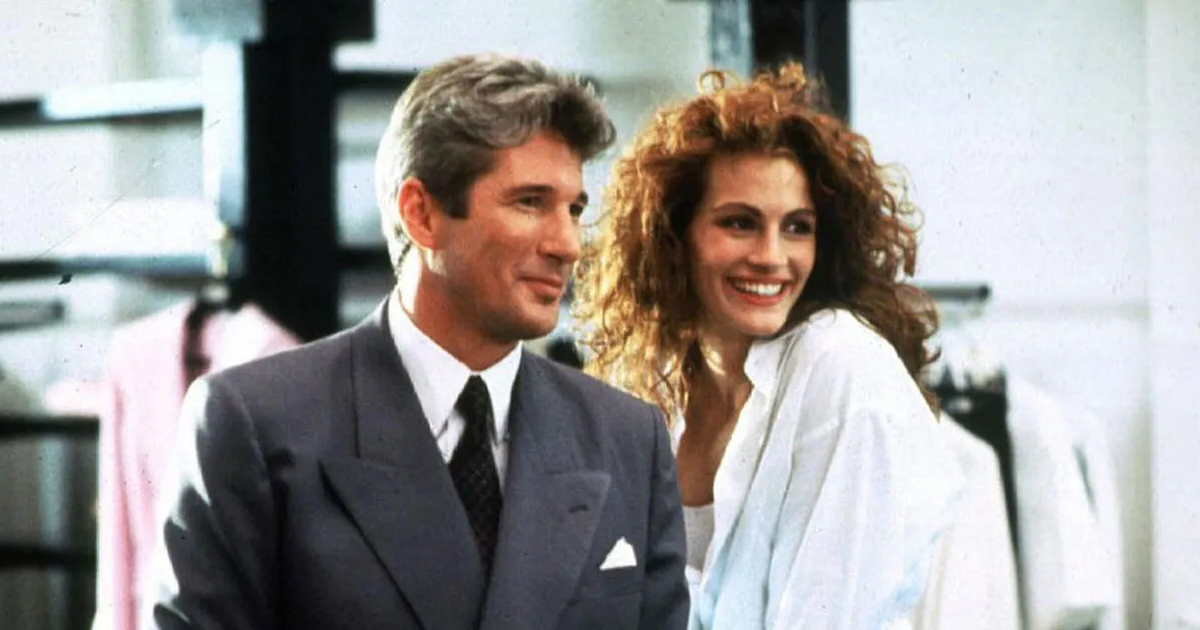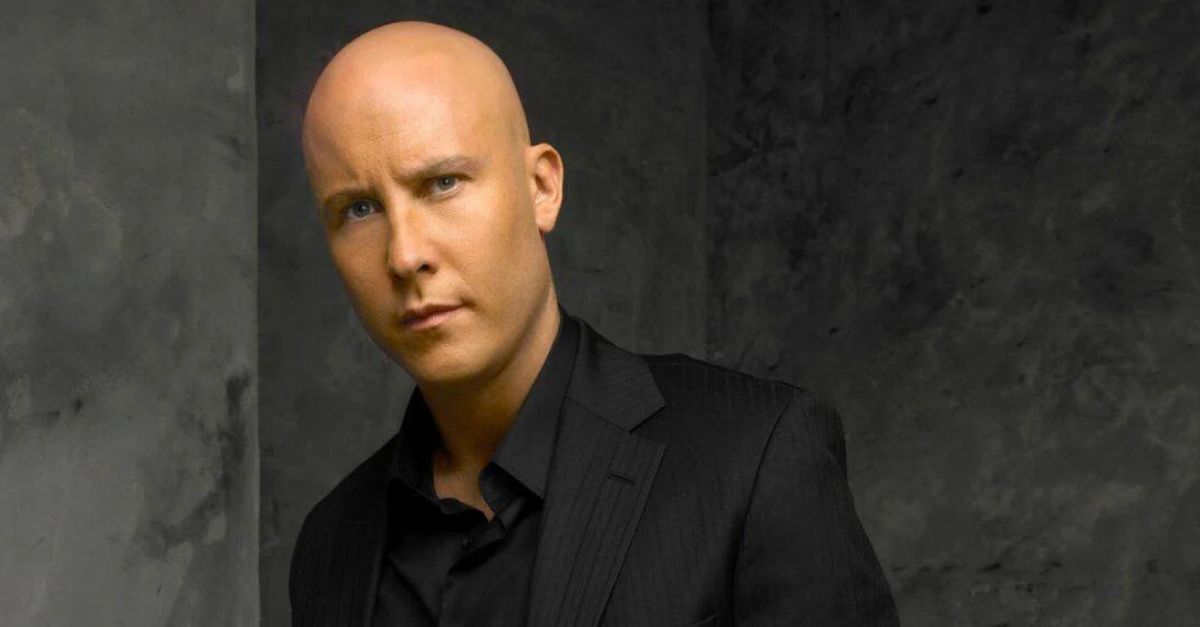The Horrors Of Making A Film
There are numerous horror enthusiasts who enjoy watching films that make them jump out of their skin. But more often than not, viewers are unaware of the highs and lows that the production team went through to make the final cut.

Sinister Movie; Even Sinister BTS Moments
Those who have watched Rosemary’s Baby will herald it as one of the most sinister movies ever made, while some who have dug deeper will discover that the dread does not end there. Countless behind-the-scenes incidents have raised concern, alarm, and angst among the public.
William Castle Running For Director
Even before the novel Rosemary’s Baby hit the shelves, it began to catch the eye of Hollywood filmmakers, especially that of William Castle, a B-movie maker who wanted to direct a movie based on the book. He obtained the rights to the book and started negotiations with Paramount Pictures.
Castles Built In The Air
Robert Evans, who was then the head of production at Paramount, saw potential in the story. In fact, he liked the idea so much that he decided to give the job of direction to Roman Polanski instead, saying, “It was too good for Bill Castle.” Ouch. Bill is William.
 Angela George, CC BY-SA 3.0, Wikimedia Commons
Angela George, CC BY-SA 3.0, Wikimedia Commons
Farrow Was A Far Cry
If the stars didn’t align, Mia Farrow would have almost not landed the lead in Rosemary’s Baby. Polanski was bent on finding an “all-American” actor for the role and consequently took into consideration several stars to play it, with his primary choices being Tuesday Weld or Jane Fonda.
Finishing Last
Both passed up on the opportunity, with Polanski almost driven to cast his future wife, Sharon Tate, as the protagonist. In the end, Evans and Castle suggested Farrow for the role based on their vision of the script, and upon seeing her audition, Polanski caved.
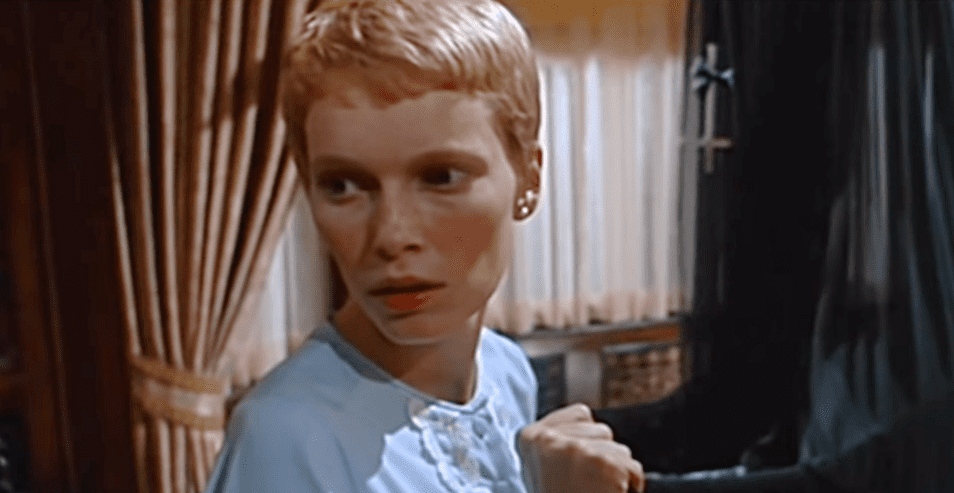 Rosemary's Baby (1968), Paramount Pictures
Rosemary's Baby (1968), Paramount Pictures
Trouble Finding Guy Woodhouse
The movie’s casting was riddled with difficulties, as the intended cast members either turned down the opportunity or were unavailable at the time of shooting. This was the case with Robert Redford, whom both Evans and Polanski agreed would be perfect for playing Guy Woodhouse.
 U.S. Embassy photographer JP Evans, Wikimedia Commons
U.S. Embassy photographer JP Evans, Wikimedia Commons
Will The Real Woodhouse Please Stand Up?
Redford was in a contractual dispute with Paramount at the time of the offer because of which the arrangement never saw the light of day. Other actors who were given a chance to audition included Robert Wagner, James Fox, and Warren Beatty. The role was finally given to John Cassavetes.
 Rosemary's Baby (1968) - Modern Trailer (2019) by poisonpix
Rosemary's Baby (1968) - Modern Trailer (2019) by poisonpix
Roman Polanski’s Riveting Move
Upon becoming the director of Rosemary’s Baby, which marked his film debut in America, Roman Polanski made a pivotal decision in the filmmaking process, which changed the trajectory of the entire movie, transforming it from just another flick to a benchmark in the horror genre.
 Georges Biard, CC BY-SA 3.0, Wikimedia Commons
Georges Biard, CC BY-SA 3.0, Wikimedia Commons
To Put A Spin On The Perspective
Polanski decided to write the screenplay of Rosemary’s Baby himself. After reading the novel, which he had immediately taken to, he decided to intentionally add an element of ambiguity throughout the film, thanks to his agnostic nature. This created the double entendre that the movie is recognized for.
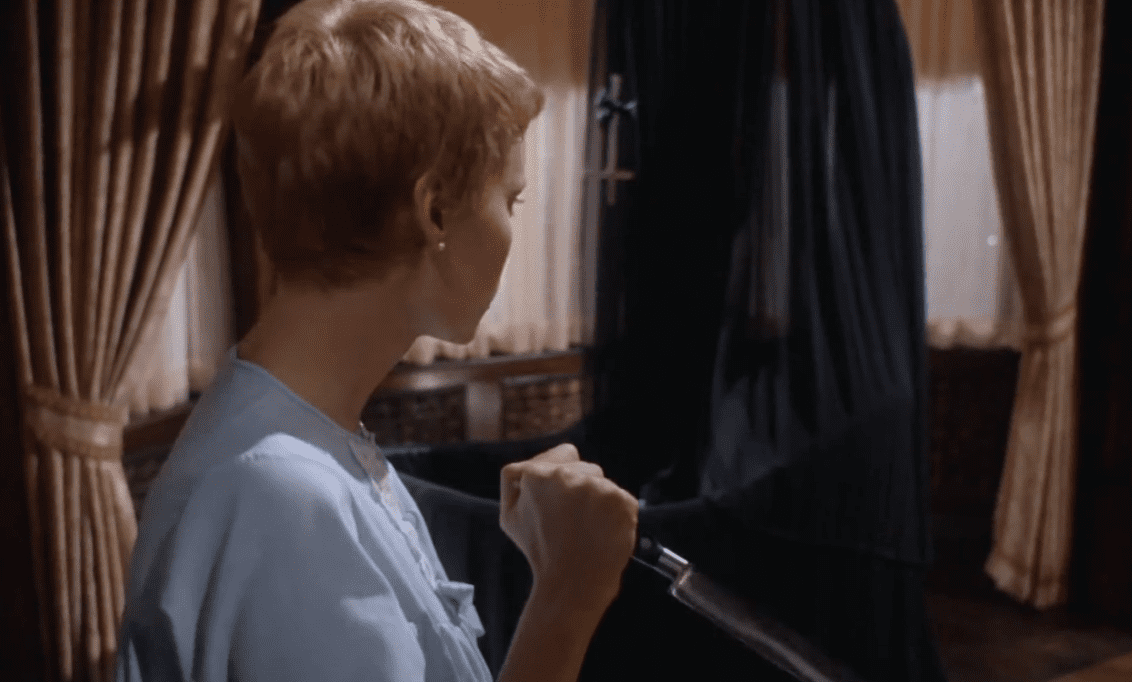 Rosemary's Baby, Paramount Pictures
Rosemary's Baby, Paramount Pictures
As Seen In The Mind’s Eye
Another quirky exercise in direction practiced by Polanski while filming Rosemary’s Baby was his visualization of the residents of Bramford. He staunchly believed that every one of the supporting cast members had to have a particular look in order to blend in with the eerie setting of the film.
 Paramount, Rosemary's Baby (1968)
Paramount, Rosemary's Baby (1968)
Casting By Facial Composite
To achieve this goal, he drew sketches of all the characters living in Bramford. These were then handed over to the Paramount casting director, who picked out actors like Ruth Gordon, Maurice Evans, Ralph Bellamy, and Sidney Blackmer accordingly.
 Rosemary's Baby (1968) - Modern Trailer (2019) by poisonpix
Rosemary's Baby (1968) - Modern Trailer (2019) by poisonpix
The Cassavetes-Polanski Rift
Rosemary’s Baby has had its fair share of behind-the-scene tensions during the course of its shoot. One notable example of this was the clashes between Cassavetes and Polanski, two exceptional artists whose work styles varied to a great extent.
 Autor nieznany and NBC Television, Wikimedia Commons
Autor nieznany and NBC Television, Wikimedia Commons
Two Sides Of The Same Coin
Polanski was strictly organized and methodical in his direction, while Cassavetes was known for his independent, improvisational acting style. Although the final cut was not adversely affected by their disagreements, it caused considerable strife on set, straining the previously good relationship between the two.
 Mariusz Kubik, CC BY-SA 4.0/Wikimedia Commons
Mariusz Kubik, CC BY-SA 4.0/Wikimedia Commons
Spontaneous And Risky
If the movie was somehow not horrifying enough for you, here’s a piece of information that will send a shiver down your spine. The scene where Rosemary flees the Bramford and haphazardly crosses the street was not one that was carefully planned out by coordinating with stunt drivers.
Faith In Humanity
Polanski asked Farrow to simply walk into oncoming traffic on an actual street in New York City. He apparently assured her, saying, “Nobody will hit a pregnant woman.” Unsurprisingly, Polanski had to operate the camera himself since nobody else would do it.
 Rosemary's Baby (1968) - Modern Trailer (2019) by poisonpix
Rosemary's Baby (1968) - Modern Trailer (2019) by poisonpix
Too Much To Handle
If you thought walking into oncoming New York traffic repeatedly was as bad as it could get, you’re wrong. One of the most outrageous instances of the lengths that Farrow had gone to secure an Oscar for her performance was when she ate raw chicken liver.
 Rosemary's Baby (1968) - Modern Trailer (2019) by poisonpix
Rosemary's Baby (1968) - Modern Trailer (2019) by poisonpix
In The Line Of Work
For the scene following the party where Rosemary consumes raw meat before throwing up, Farrow had to actually swallow chicken liver multiple times for the sake of the scene. Moreover, this was done during a period when she was personally a strict vegetarian.
 Rosemary's Baby (1968) - Modern Trailer (2019) by poisonpix
Rosemary's Baby (1968) - Modern Trailer (2019) by poisonpix
Marital Misdemeanors
Farrow’s tribulations did not end on-screen. The movie was filmed at a time when her marriage with Frank Sinatra was falling apart. Farrow nearly rejected the role due to Sinatra’s opposition but decided to go ahead with it in the hopes of winning an Oscar for her performance.
 Capitol Records, Wikimedia Commons
Capitol Records, Wikimedia Commons
The Devil And The Deep Blue Sea
Adding to the mounting tension was the overlap of the shooting schedule between Rosemary’s Baby and a role in Sinatra’s own film, The Detective. In spite of Farrow’s best efforts, she had to choose between the two. When she prioritized Rosemary’s Baby, Sinatra filed for divorce.
 Rosemary's Baby (1968) - Modern Trailer (2019) by poisonpix
Rosemary's Baby (1968) - Modern Trailer (2019) by poisonpix
Sandcastles On The Beach
Farrow had clearly invested a lot into making this movie, personally and professionally. Sadly, these efforts did not bear fruit in the way that she had hoped it would. Ruth Gordon bagged Best Supporting Actress for her role as Minnie.The same could not be said of Farrow.
 Vandamm Studio, Wikimedia Commons
Vandamm Studio, Wikimedia Commons
Unfulfilled Aspirations
Despite being one of Farrow’s most critically acclaimed performances, Rosemary’s Baby failed to win her an Oscar that year, with the Best Actress awards going to Katherine Hepburn and Barbara Streisand for The Lion In The Winter and Funny Girl, respectively.
 Rosemary's Baby (1968) - Modern Trailer (2019) by poisonpix
Rosemary's Baby (1968) - Modern Trailer (2019) by poisonpix

